Featured Photo Above:
Addie Joos Benefit Game, July 24, 1911
(Color Restoration by Chris Whitehouse of They Played in Color website)
Baseball History Comes Alive Now Ranked As a Top Five Website by Feedspot Among All Baseball History Websites and Blogs!
(Check out Feedspot's list of the Top 35 Baseball History websites and blogs)

Guest Submissions from Our Readers Always Welcome! Click for details
Subscribe to Baseball History Comes Alive! for automatic updates (sign-up block found in right side-bar)
As a Free Bonus for subscribing, you’ll get instant access to my two Special Reports: Memorable World Series Moments and Gary’s Handy Dandy World Series Reference Guide!
“Baseball’s Greatest Fastballers Throughout History” Photo Gallery
Click on any image below to see photos in full size and to start Photo Gallery:
We always welcome contributions from our readers. Today, Matt Brown sends us something a little bit different. Matt has written an interesting essay that briefly explores the evolution of “speed measurements.” I think you’ll enjoy it:
How Fast Are Pitchers Throwing?
A Look At Speed Measurement In Baseball!
In modern baseball, it seems like everyone is obsessed with pitch velocity. Every pitcher is judged on how fast he’s throwing. College players are often drafted based on the speed of their fastballs. In the major leagues, the speed of every pitch is now shown to fans in real-time on the Jumbotron. It’s pretty clear that baseball has become obsessed with pitch velocity.
But where did it all begin? Let’s go back in time and take a look:
1912: The First-Ever Recorded Pitch Velocity
There has always been a desire to measure exactly how fast pitchers are throwing the baseball. The first speed determination was made in 1912 when Baseball Magazine set up a test at a United States military base using a primitive version of a device called a chronograph. The Army developed it to measure bullet speed. Applying the device to baseball, it essentially timed the ball as it flew from one end of a tunnel to another until it hit a steel plate.
Using the device, Walter Johnson and Nap Rucker recorded speeds of 84 and 77 miles per hour respectively. However, it’s unknown how accurate these readings actually were, since the speed was technically measured when the ball had already passed 15 feet from the pitcher’s hand rather than at the point of release. That could make quite a difference. Plus it was obvious to all that Johnson threw much faster than the method recorded.
1914: The Motorbike Speed Test
Hard-throwing Walter Johnson again helped out in 1914 when his pitch velocity was measured against a speeding motorcycle. This time his pitch came in at a more realistic 99.7 miles per hour. Here’s how it worked: The motorbike drove at a constant speed towards a target a fixed distance away. Johnson then threw his fastball at the same target. Based on the speed of the bike, the release of the pitch, and the time the ball reached its target, they were able to record a speed reading.
There were obviously still many variables associated with this test, so the method wasn’t considered especially accurate either. In 1940, Bob Feller tried the same test with his pitch coming in at a whopping 103 miles per hour. Amazingly, there’s video footage available of this event. The limitations of this test are quite obvious when you watch the video.
1946: Chronograph—Round Two
Unsatisfied with the accuracy of his 1940 reading, Bob Feller arranged to measure his speed again, this time with a more advanced army chronograph. On August 20 1946, the test occurred, using a special “Lumiline chronograph machine” which the Army was now using to measure the velocity of artillery shells. This time, Feller’s fastball came in at 98.6 mph. There’s also footage of this event.
1973: Former Ballplayer-Turned-Innovator Danny Litwhiler Develops the First Radar Gun
By the 1970s, baseball finally began using radar guns to measure pitch velocity. There’s an interesting story as to how this developed:
In 1973, Michigan State baseball coach Danny Litwhiler, who had a fine 11-year career in the major leagues, had the idea of using police radar technology as a coaching tool for his pitchers. He paid the local police department for one of their older devices and sent it to a company called JUGS for modifications and possible applications in measuring baseball pitch velocity.
The idea actually occurred to Danny during a visit to the Air Force Academy, where his son, Danny, Jr. was a faculty member in the math department. During the visit a “light bulb” went off in Danny Litwhiler’s head:
“We were driving around the base and I warned him about the Security Police having this new portable radar gun and they would hide behind trees to catch speeders. My father went back to Michigan State where he was coaching at the time and got the local police to bring their radar gun to the field. With a few modifications, it worked great.”
Using the device successfully with his Michigan State team, Litwhiler soon realized he was onto something. He wrote to the commissioner’s office about the concept, and also tried to inform other major league teams as to how the device might be used. At spring training Earl Weaver picked up on the idea and immediately used it to work with Jim Palmer.
A few teams saw its usefulness, but the guns were quite heavy, and very expensive. For the next 10 years, they were used mainly by some pitching coaches to compare different pitchers, or to see the difference between a player’s fastball and their changeup. From this point, the adoption of the radar gun was quite gradual, but eventually it caught on. Danny Litwhiler’s idea of using radar to measure pitch velocity effectively modernized the process of assessing pitchers. His original prototype is on display in the Hall of Fame.
1980s-Today: Radar Guns Go Mainstream
After Danny Litwhiler’s introduction of the primitive “radar gun” in the 1970s, the device as we know it today went through numerous stages of development and refinement. In the 1980s, major league baseball finally began using radar to officially measure pitch velocities; and soon, every team was using radar guns to track pitchers’ performances. Although JUGS was the first on the scene, other companies such as Stalker and Bushnell began to capture market share in the early ‘90s.
With the advances of modern technology, pitching coaches no longer needed to rely on handheld devices (although for many old-school scouts, handheld radar guns are still the most popular option due to their ease of use and relative accuracy). There are now radar guns that attach to the back of catcher’s mitts, handheld devices that send speed readings to a smartphone, and even baseballs with LCD screens that claim to track pitch speed automatically – no radar gun required!
But technology hasn’t stopped evolving. Teams now have even more sophisticated methods available. They can use special imaging technology set up inside a batting cage. These systems, which have only become feasible to use over the last decade, allow teams to track pitch velocity with extreme accuracy (along with many other metrics now commonly employed, e.g., exit velocity and launch angle). As might be expected, these systems are extremely expensive to set up and maintain.
What’s next? It seems that the concept of measuring pitch velocity, which started with the Army’s primitive chronograph back in the early 1900s, has evolved as far as it could possibly go. We can only speculate as to what might lie ahead!
Matt Brown
Thanks to liftyourgame.net – click to view their site
Photo Credits: All from Google search
We are a participant in the Amazon Services LLC Associates Program, an affiliate advertising program designed to provide a means for us to earn fees by linking to Amazon.com and affiliated sites. Click here to view Amazon’s privacy policy
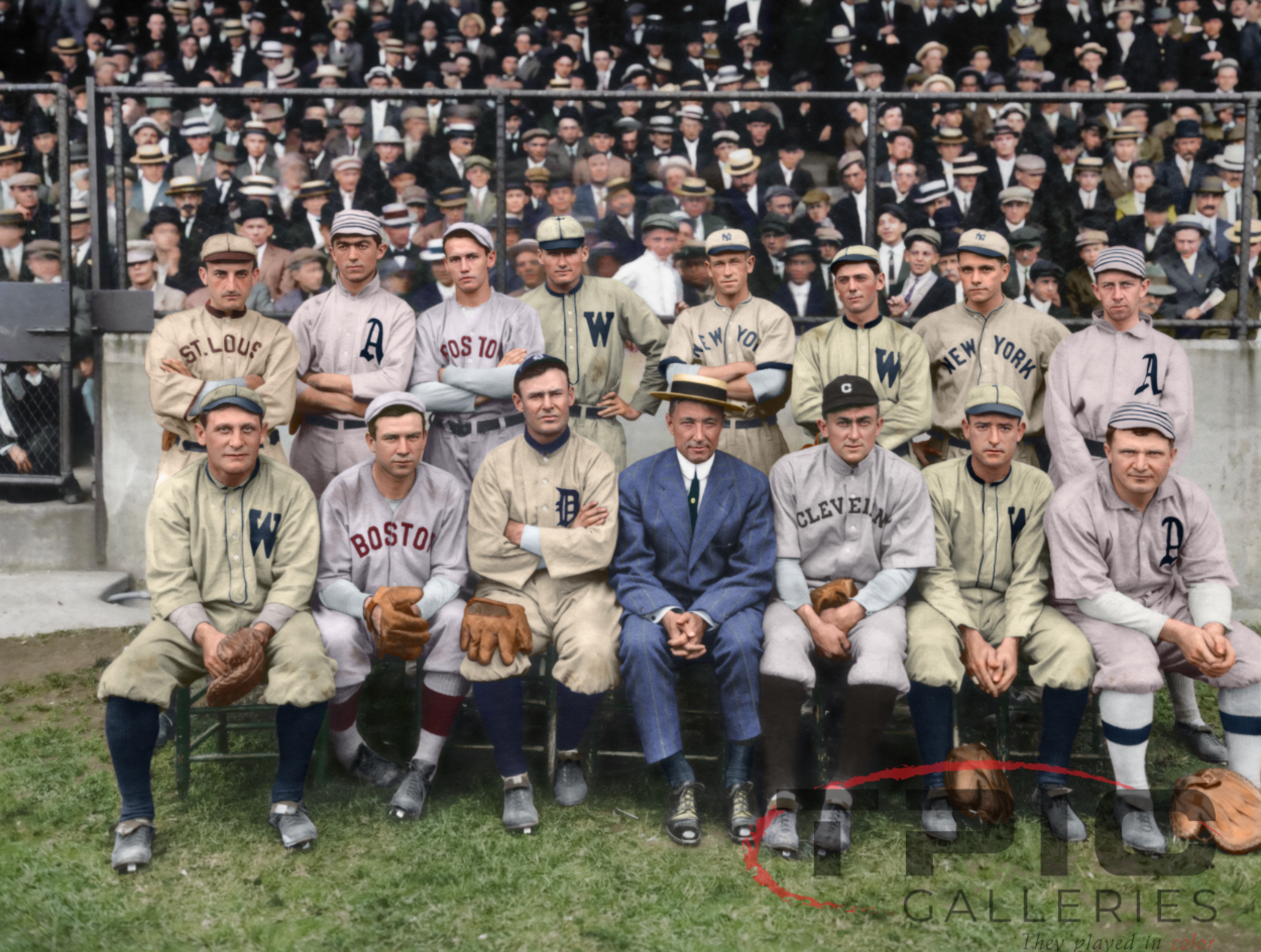
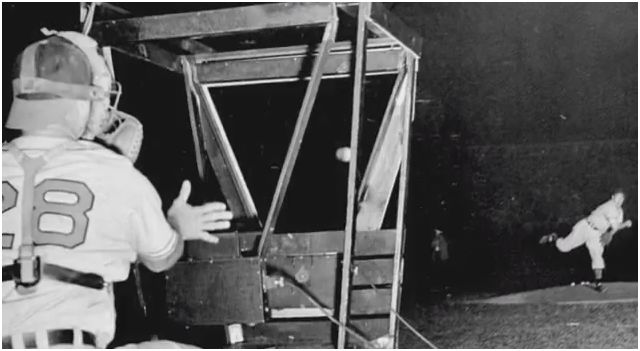
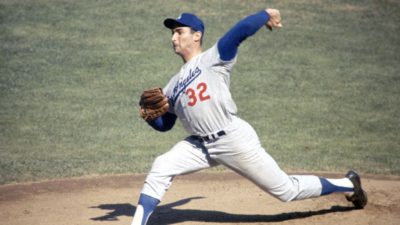
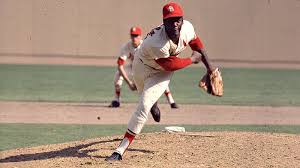
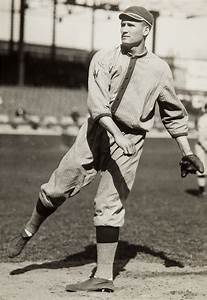
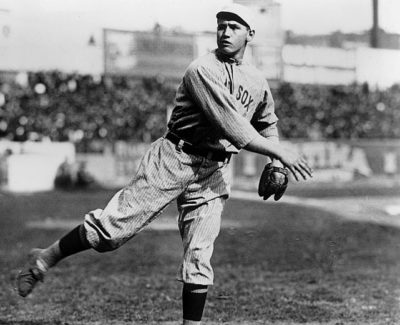
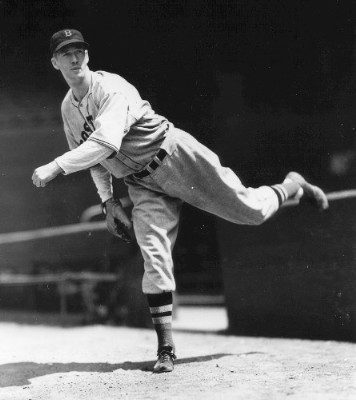
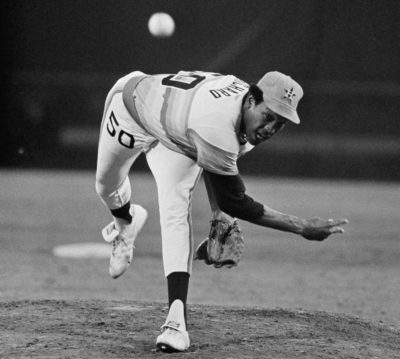
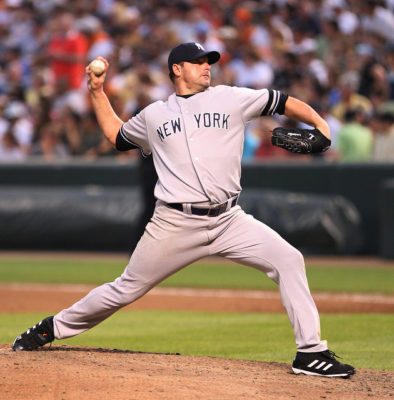
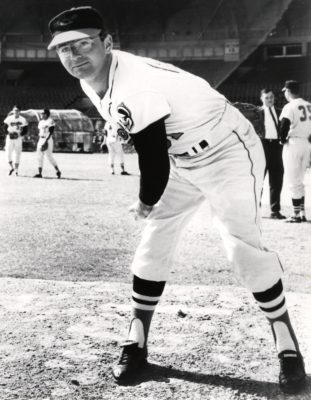

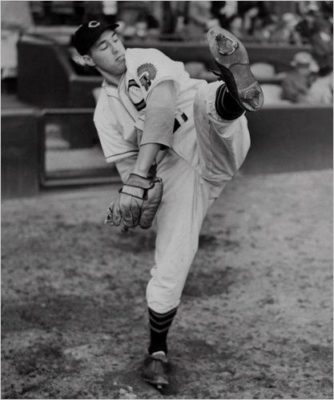
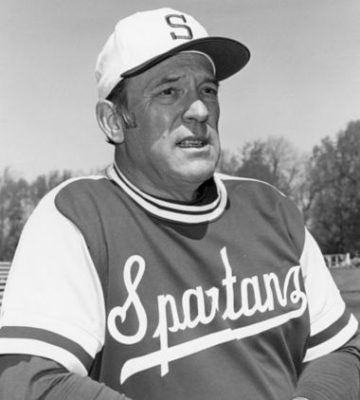
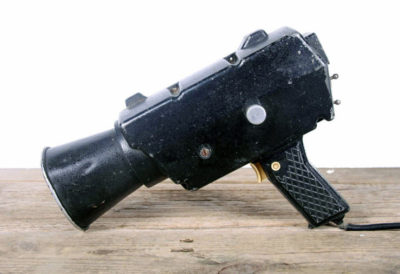









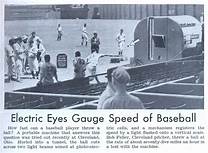

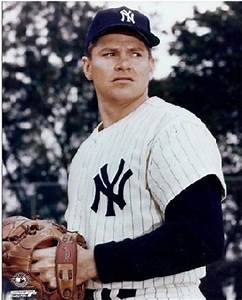

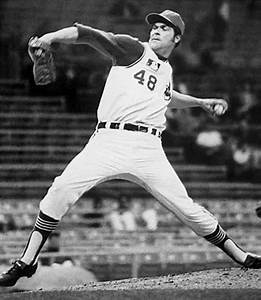
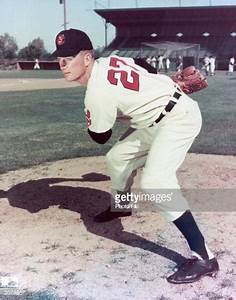

One thought on “How Fast Are Pitchers Throwing? A Look At Speed Measurement In Baseball!”